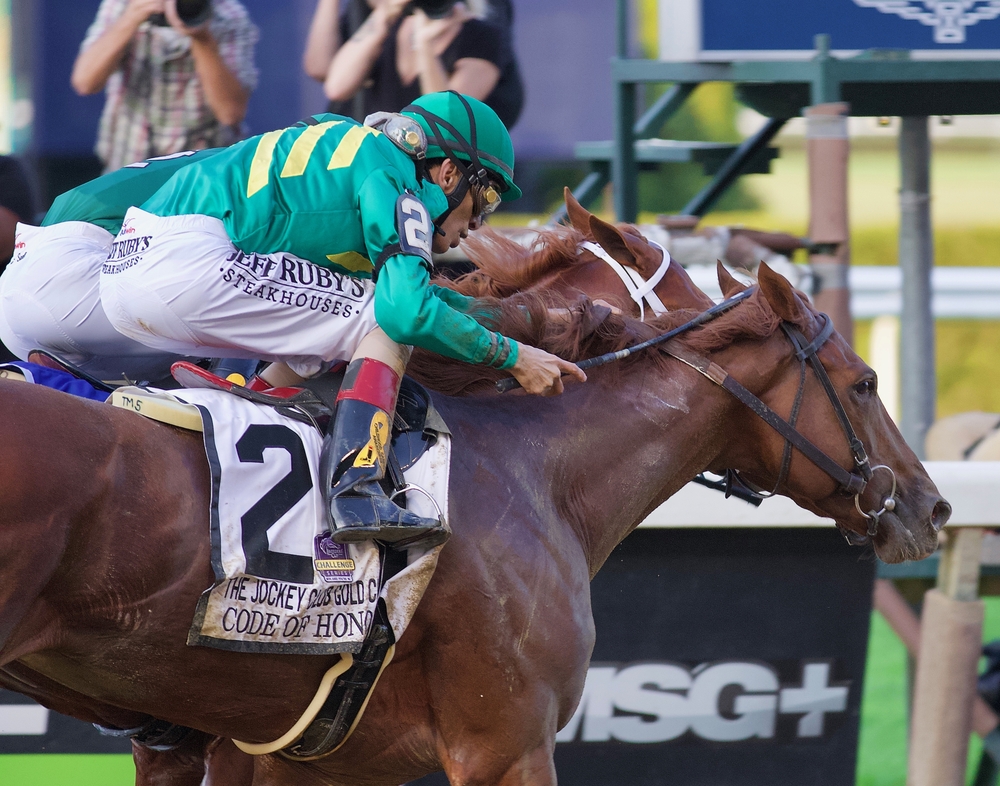A Pachinko Parlor is a type of arcade game and gambling establishment that originated in Japan. It is a mechanical game that uses small steel balls, which are launched onto a playing field and then bounced around by pins until they fall into one of several catchers. The catchers are arranged in a way that determines the payout mode, and players can win prizes or tokens that can be exchanged for cash.
Despite being similar to slot machines in the West, Pachinko is not considered gambling under Japanese law because of a legal loophole. Instead, it is classified as a recreational game, and the prizes that can be won are limited to tokens that can be exchanged for cash at a separate location. Pachinko parlors are popular throughout Japan, and in recent years, they have become big business, generating billions of yen in profit each year.
While Pachinko is legal in Japan, it is heavily regulated, and there are strict laws in place to prevent addiction and other problems associated with gambling. Pachinko parlors are also closely monitored by the authorities, and there have been reports of ties to the yakuza, the Japanese mafia. Despite these obstacles, Pachinko remains a popular pastime in Japan, with millions of people playing the game each year.
Need Help Beating the Bookies?
Our expert betting tipsters have been taking cash off the bookies since 2014! If you need a helping hand with winning then why not check them out?
Browse Our TipstersHistory of Pachinko
Origins
Pachinko, a mechanical game that originated in Japan, was first introduced in the 1920s as a children’s game. It was not until the 1930s that it became popular among adults. The game was initially played without any prizes, but soon, small prizes such as cigarettes and candies were introduced. The first pachinko parlor was opened in Nagoya in 1930, and from there, the industry started to grow rapidly. By 1936, there were 35 parlors in the Kochi prefecture alone.
Pachinko in World War II
During World War II, pachinko machines were used for military purposes. The machines were used to train pilots in precision bombing, and the game was also used to raise funds for the war effort. After the war, pachinko machines were once again used for entertainment purposes, and the industry started to grow again.
Post-War Boom
In the post-war period, the pachinko industry experienced a boom. The machines became more sophisticated, and the prizes became bigger. Pachinko parlors started to appear all over Japan, and the game became a popular form of entertainment. In the 1960s, the industry started to face legal challenges, and the government started to regulate the industry. Today, pachinko is still a popular game in Japan, with thousands of parlors across the country. Overall, the history of pachinko is closely tied to the history of Japan. The game has been through many changes over the years, but it has remained a popular form of entertainment for generations of Japanese people.
Pachinko Parlors
Pachinko parlors are venues where people can play pachinko games for entertainment or gambling purposes. These parlors are widespread in Japan, with thousands of them located throughout the country. Here are some key aspects of pachinko parlors:
Layout and Design
Pachinko parlors are usually large, noisy, and brightly lit. They are designed to attract players and keep them engaged for long periods. The layout of a typical pachinko parlor consists of rows of machines arranged in a grid-like pattern. The machines are often separated by aisles that allow players to move around freely. The overall atmosphere of a pachinko parlor can be overwhelming, with flashing lights, loud music, and the constant sound of pachinko balls bouncing off the machines.
Tokens and Cash
Players at pachinko parlors use tokens to play the machines. These tokens can be purchased with cash or exchanged for prizes. The value of the tokens varies depending on the machine, but they are typically worth a few yen each. Players can exchange their tokens for cash or prizes at the end of their session. Some pachinko parlors also offer ATMs or exchange counters where players can exchange their winnings for cash.
Machines and Games
Pachinko machines are similar in appearance to vertical pinball machines. They consist of a playfield with a large number of small balls that are released at the top of the machine. The balls fall through a series of pins and obstacles and eventually land in one of several pockets at the bottom of the machine. The goal of the game is to get as many balls as possible into the pockets, which can trigger various payouts or bonuses. Some pachinko machines also feature video screens, sound effects, and other interactive elements to enhance the gameplay experience.
Payouts and Prizes
Payouts at pachinko parlors can vary widely depending on the machine and the parlor. Some machines offer small payouts for getting a few balls into the pockets, while others offer larger payouts for hitting certain combinations or achieving certain goals. Prizes at pachinko parlors can also vary, but they typically include items like toys, electronics, and household goods. Some parlors also offer cash prizes or special tokens that can be exchanged for higher-value items.
Pachinko Addiction and Regulations
Pachinko is a popular form of gambling in Japan, but it has been associated with addiction and social issues. The Japanese government has implemented regulations and laws to address these concerns, but the industry still faces challenges from organized crime groups such as the Yakuza.
Addiction and Social Issues
Pachinko addiction is a real issue in Japan. The game is designed to keep players engaged and can be highly addictive. Some players have been known to spend entire days at the parlors, neglecting their jobs, families, and personal hygiene. This has led to social issues such as bankruptcy, divorce, and even suicide.
To combat this problem, the Japanese government has implemented regulations that require pachinko parlors to display warning signs and provide information about addiction prevention. The government has also set limits on the amount of money that can be spent and the number of hours that can be played per day.
Regulations and Laws
The Japanese government has implemented various regulations and laws to address the issues of addiction and social problems related to pachinko. The regulations require pachinko parlors to be licensed and to display warning signs about addiction. The government has also set limits on the amount of money that can be spent and the number of hours that can be played per day. Moreover, the government has implemented anti-money laundering laws to prevent the involvement of organized crime groups in the industry.
Despite these regulations, some pachinko parlors have been known to violate the rules. In some cases, parlors have been caught manipulating machines to increase payouts or allowing players to exceed the daily limits. The government has responded by increasing penalties for violators and conducting regular inspections of the parlors.
Yakuza and the Pachinko Industry
The Yakuza, a powerful organized crime group in Japan, has been known to have ties to the pachinko industry. The Yakuza has been involved in loan sharking, money laundering, and other illegal activities related to the industry. The government has implemented anti-money laundering laws to prevent the involvement of organized crime groups in the industry. However, the Yakuza has found ways to circumvent these laws and continue their involvement in the industry.
The Yakuza’s involvement in the pachinko industry has also led to concerns about the safety of players. Some players have reported being threatened or harassed by Yakuza members for not paying their debts. The government has responded by increasing penalties for Yakuza involvement in the industry and conducting regular inspections of the parlors.
Pachinko vs Slot Machines
Pachinko and slot machines are two popular forms of gambling in Japan. While both games involve the use of machines, they differ in several ways. Here are some of the key differences between pachinko and slot machines:
Gameplay
In pachinko, players use a small silver ball to try and hit a series of metal pins and land in certain pockets to win prizes. The game requires a certain level of skill and strategy, as players can control the speed and direction of the ball by using a knob. On the other hand, slot machines are purely based on luck. Players simply push a button or pull a lever to spin the reels and hope to land on winning combinations.
Atmosphere
Pachinko parlors are often noisy and crowded, with rows of machines and flashing lights. Many players enjoy the social aspect of pachinko, as they can chat and interact with other players while they play. Slot machines, on the other hand, are typically found in quieter, more subdued environments such as casinos.
Legality
While gambling is technically illegal in Japan, pachinko is considered a form of entertainment and is therefore legal. However, players cannot win cash prizes directly from the machines. Instead, they must exchange their winnings for tokens or prizes, which they can then sell for cash at a separate location. Slot machines, on the other hand, are only legal in certain areas such as casinos.
Cultural Significance
Pachinko is deeply ingrained in Japanese culture and has been a popular pastime for decades. Many Japanese people grew up playing pachinko and continue to enjoy it as adults. Slot machines, on the other hand, are often associated with Western-style casinos and are not as widely played in Japan.
Conclusion
Pachinko parlours are a unique and popular form of entertainment in Japan. These establishments offer a range of games that are easy to play, making them accessible to people of all ages and skill levels. While pachinko is often compared to slot machines in the West, it is important to note that there are some key differences between the two. For one, pachinko is a game of skill as well as chance, requiring players to aim and shoot metal balls in order to win. Additionally, the prizes on offer at pachinko parlours are often physical items like toys and electronics, rather than cash.
Despite their popularity, pachinko parlours have faced criticism over the years due to their association with gambling and the potential for addiction. While the Japanese government has taken steps to regulate the industry and curb problem gambling, pachinko remains a significant part of the country’s culture and economy.
Whether you are a seasoned pachinko player or simply curious about this unique form of entertainment, a visit to a pachinko parlour is sure to be an unforgettable experience. With their bright lights, constant noise, and dizzying array of games, these establishments offer a glimpse into a side of Japanese culture that is both fascinating and fun.
Frequently Asked Questions
What is a pachinko parlour?
A pachinko parlour is a type of Japanese gaming establishment that features pachinko machines, which are a cross between a pinball machine and a slot machine. Players attempt to shoot small metal balls into specific pockets to win more balls, which can then be exchanged for prizes or tokens.
How do you play pachinko?
To play pachinko, you first purchase a number of small metal balls. You then load these balls into the machine and turn a handle to launch them into the playing field. The objective is to get as many balls as possible into winning pockets or slots. The more balls you win, the more you can continue playing or exchange for prizes.
Are there any pachinko parlours in the UK?
No, pachinko parlours are specific to Japan and are not found in the United Kingdom. The closest equivalent in British culture would be a slot machine or arcade game venue.
Is pachinko gambling?
While pachinko is often considered a form of recreational arcade gaming, it does have elements of gambling. In Japan, it operates in a legal grey area. Players can exchange their winning balls for tokens or prizes, which can then be sold for cash at nearby exchange centres.
What are some popular pachinko machine themes?
Pachinko machines come in a wide variety of themes and designs, often featuring popular anime, manga, or video game franchises. Some popular themes include Evangelion, Fist of the North Star, and Mobile Suit Gundam.






